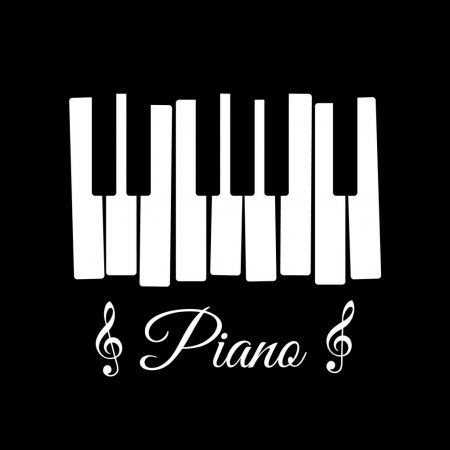Won 2nd place in WaiDATATHON
Published:
Over the past weekend, I participated in a Datathon “WaiDATATHON For Sustainable Future” hosted by WaiACCELERATE & Women in AI (WAI). As a member of the Foodwizer team, I worked on the challenge “Recommending dishes based on personal nutrient needs”. This time, I implemented association rule mining on a recipe ingredients dataset. Through this analysis, I discovered the probability of the co-occurrence of ingredients in a recipe. And our global team (with Betty from Netherland and Kirthy from India) won the 2nd place of the Datathon!
This is a pretty fun weekend activity and a good chance to learn something new. For more details of the analysis, please check my Github repository
From this experience, I gained a deeper understanding of unsupervised learning. Previously, I’ve only had chance to implement the clustering type of unsupervised learning through research, but this time I got a chance to learn and use the popular association type of unsupervised learning for item categorization. Here is an introduction of the Apriori algorithm that I used.
I also learned two new tools this time. First, I am impressed with how convenient is the Amazon Web Services for data storage and peer coding. If you are interested in AWS, here is a good start. Second, all the meetings and presentations of this datathon was totally hosted in virtual reality using a software called VirBELA. As someone who has been using VR in own research, I think Verbela has high presence and has the potential to be the future of social activities. I used Hubs for social activities during Neuromatch Academy, but, in my opinion, it cannot compete with VirBELA. Using VirBELA makes me feel like getting into the Hotel del Luna from the drama under the same name.
My previous Hackathon experience was with a neuroscience team in a pre-Human Brain Mapping conference hackathon to test out the newly developed machine learning package Brianiak on human neuroimaging data. At that time, I virtually met with other researchers from the north east part of U.S.. But this time, doing all group work (i.e., coding, scripting documents, and making a presentation, as well as recording a video) with two people from two separately continents (i.e., Asia and Europe) is an extraordinary experience! Can you even imagine doing this if the time is pushed back to 10 years ago?! And most importantly, I gained two friends!
Well, since you already read here, I will let you have a peek of some of my data visualizations from the project and let my figures “sing”.



